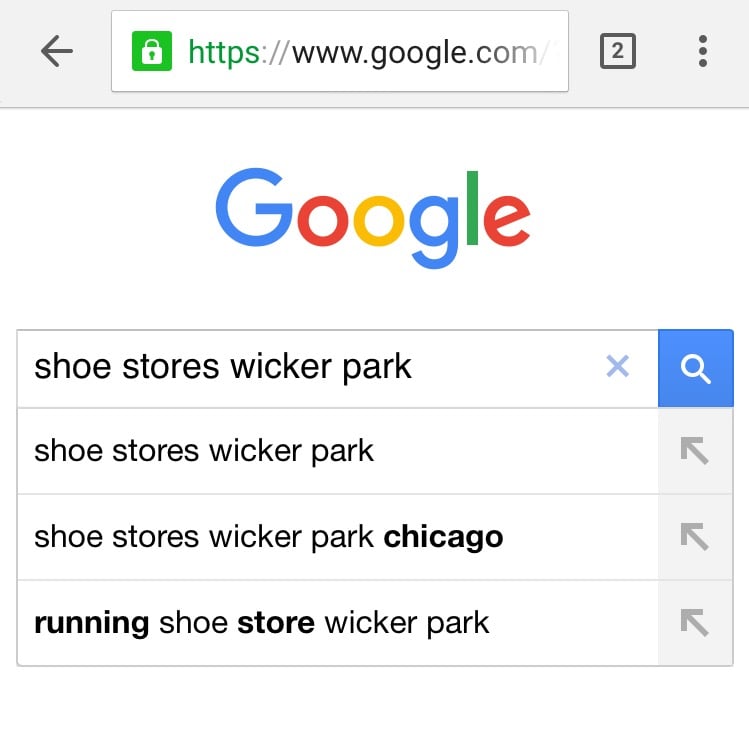
Because of that, you typically want to limit your title tag to just your primary keyword as well as your company name. Similar to meta descriptions, you only have a few characters (about 50-60) to use when writing your SEO title tag.
SEARCH FOR KEYWORDS IN TEXT HOW TO
How to Use Keywords for SEO in a Meta Title Tag

This title will be clickable from the SERPs and will take the user directly to your page. This title tag is similar to the meta description in that it is the name of the page that users will see on search engine results pages (SERPs) when they search a keyword phrase. First things first, let’s get some helpful keyword data in your SEO title tag (also known as a meta title tag). You’ll be optimizing that in just a minute. Keep in mind, I said SEO title, not your main article title.
SEARCH FOR KEYWORDS IN TEXT PRO
SEO Pro Tip: If you can get a secondary keyword in your meta along with one instance of your primary, you’re killin’ it when it comes to using keywords for SEO.

Be sure to prioritize a helpful, enticing description over keyword stuffing though, since this is the first thing someone will read before ever visiting your website. Next, when using SEO keywords in a meta description make sure to use the keyword at least once, but no more than twice. This little plugin allows you to quickly optimize your content for both SEO and readability, as well as gives you spots to enter in your Meta Description and SEO Title Tag (see step #2). If you’re using WordPress, try downloading the Yoast SEO Plugin. How to Use Keywords for SEO in a Meta Descriptionįirst, it’s important to have the right tools. Here is an example of a Meta Description as it appears on the Search Engine Results Pages (SERPs). This description is what shows up under a page name and URL when people search for a keyword phrase on search engines. It’s a powerful way to get 1 or 2 of your most important keywords attached to the part of your page that’s directly served up by search engines.Īs a refresher, a Meta Description is a 160 character (or 20-25 word) description of what your page is all about. The meta description acts as a simple summary to describe what the content is about, so placing the keyword in this summary helps Google to better filter your results. This is one of the most basic ways to add keywords for SEO, but it’s often overlooked. You should insert keywords into your content writing using the following steps: In fact, there are certain rules and best-practices for adding keywords to a website that can make your SEO efforts much more worthwhile. It’s easy to just say “you need to add keywords for SEO”, but implementing it is a different matter entirely. Where to Use Keywords for SEO in Your Content Writing Doing more than this usually hurts readability and sticks out like a sore thumb to readers as well as to Google’s page crawlers. What you’ll find is that related keywords will naturally and automatically come up when writing content based around a few really good keywords. It’s also incredibly hard to naturally incorporate that many keywords for SEO into writing, and really isn’t necessary. Using more than 8 or so keywords (assuming you don’t have either insanely long content or extremely short content) can come off as spammy. This gives you a fighting chance to start ranking for one of them and then further down the line you can even reoptimize your content based on what it’s currently ranking for at that time.

This breaks down into 1 primary keyword, 1-3 secondary keywords and 1-4 additional keywords. In most cases, it would be 3-8 total, based on the length of the content. Typically, “long-tail” keywords would be included in this category. This is a catch-all net to get different variations of your main keywords in there to try and rank for one (or all) of them. Usually a main topic will include 3-5 main talking points so using a handful of those secondary keywords makes sense.Īdditional keywords are just any other related keywords that are phrased or spelled differently than the first two but mean the same thing. Secondary keywords are complementary keywords to the primary one, but just slight variations. You can’t really write a good piece of content about 2 separate topics, so only one primary keyword should be used to drive the meat of the content forward. Your primary keyword should be the main focus of the entire article, so the title and ensuing content should reflect that. There are 3 main types of keywords for SEO: Let’s first discuss the rules of keyword hierarchy. That being said, it doesn’t mean you should focus on all 10! With the right keyword research, though, it shouldn’t be too hard to come up with a list of 5-10 keywords. When talking about how many keywords to focus on in a page, the answer depends a lot on the keywords you are wanting to use, how related they are to one another, and if they help push the message of the content forward. How Many Keywords Should You Use On A Page?


 0 kommentar(er)
0 kommentar(er)
